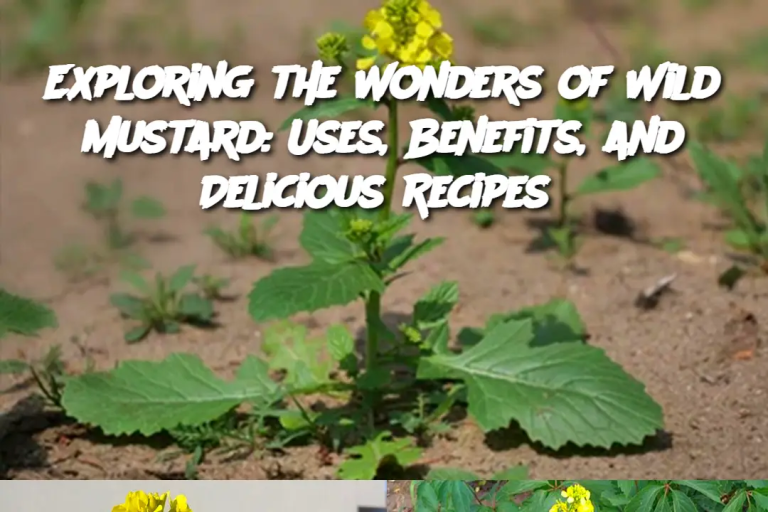ADVERTISEMENT
Wild Mustard Pesto: Blend wild mustard leaves with garlic, olive oil, lemon juice, pine nuts, and parmesan cheese to make a spicy, flavorful pesto sauce. Serve over pasta, spread on toast, or use as a topping for grilled chicken.
Wild Mustard Soup: For a warming, hearty dish, add wild mustard leaves to vegetable soup or create a mustard greens soup with vegetable broth, garlic, onion, and potatoes. Puree for a creamy version or leave it chunky.
Wild Mustard Stir-fry: Add wild mustard to a stir-fry with other leafy greens, carrots, bell peppers, and tofu or chicken. Toss everything in soy sauce and sesame oil for a simple and satisfying meal.
FAQ:
Is wild mustard edible? Yes, wild mustard is completely edible. The leaves, flowers, and seeds can all be consumed, offering a tangy, peppery flavor that enhances various dishes.
What are the health benefits of wild mustard? Wild mustard is rich in vitamins A, C, and K, as well as minerals like calcium and iron. It is known for its anti-inflammatory properties and may support digestive health. The mustard seeds contain antioxidants and are sometimes used for their ability to support heart health.
Where can I find wild mustard? Wild mustard is commonly found in fields, roadsides, and uncultivated areas. If foraging, ensure the plant is free of pesticides or pollutants. Alternatively, you can often find wild mustard leaves at local farmers' markets or specialty herb shops.
Can I substitute wild mustard with other greens? If you can’t find wild mustard, you can substitute it with other peppery greens, like arugula or mustard greens. The flavor will be slightly different, but still offers a similar spicy kick.
By adding wild mustard to your cooking, you’re embracing not only its rich flavor but also its remarkable health benefits. Experiment with these recipes, and enjoy the many ways this humble herb can enrich your meals.
ADVERTISEMENT
